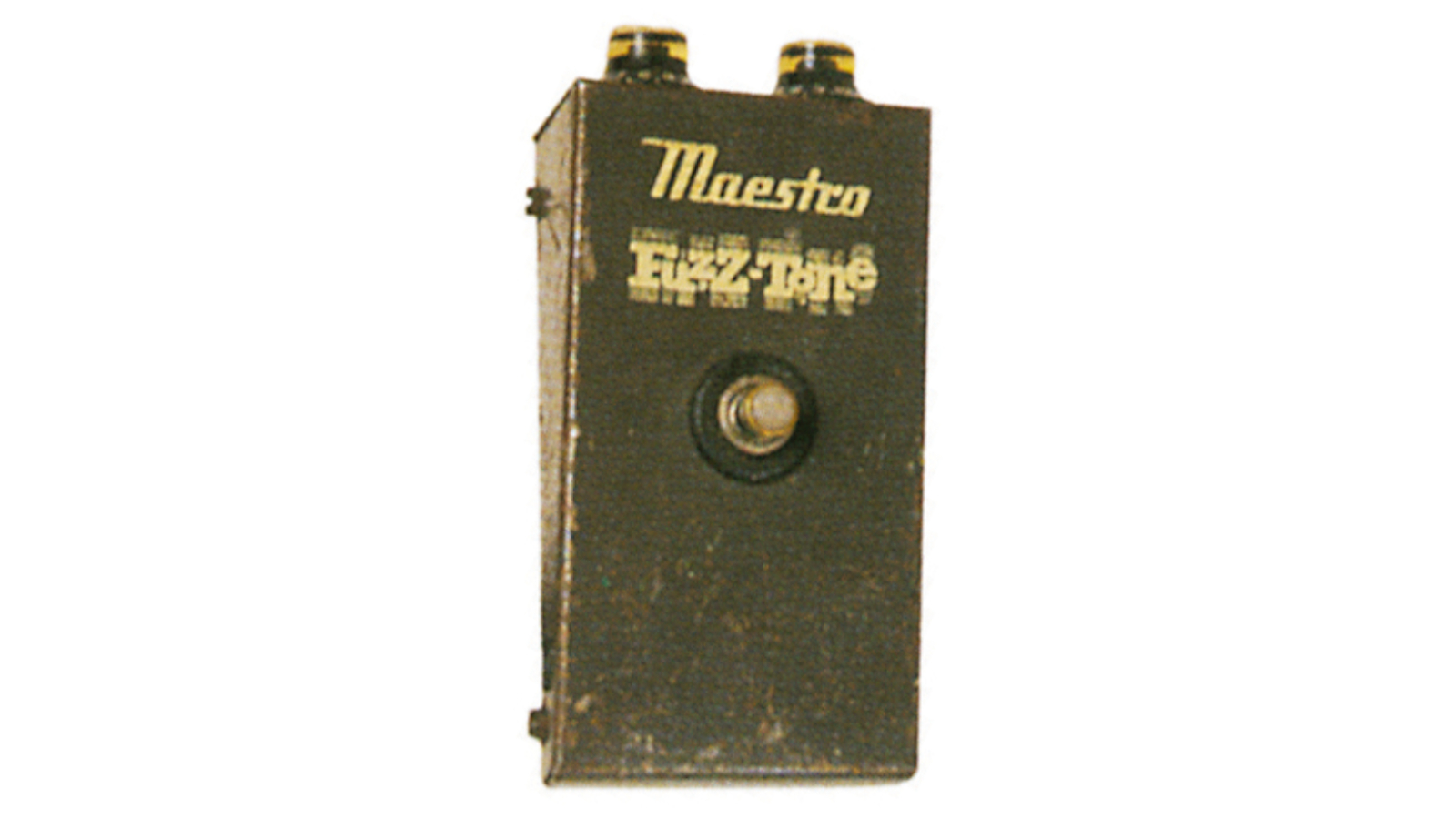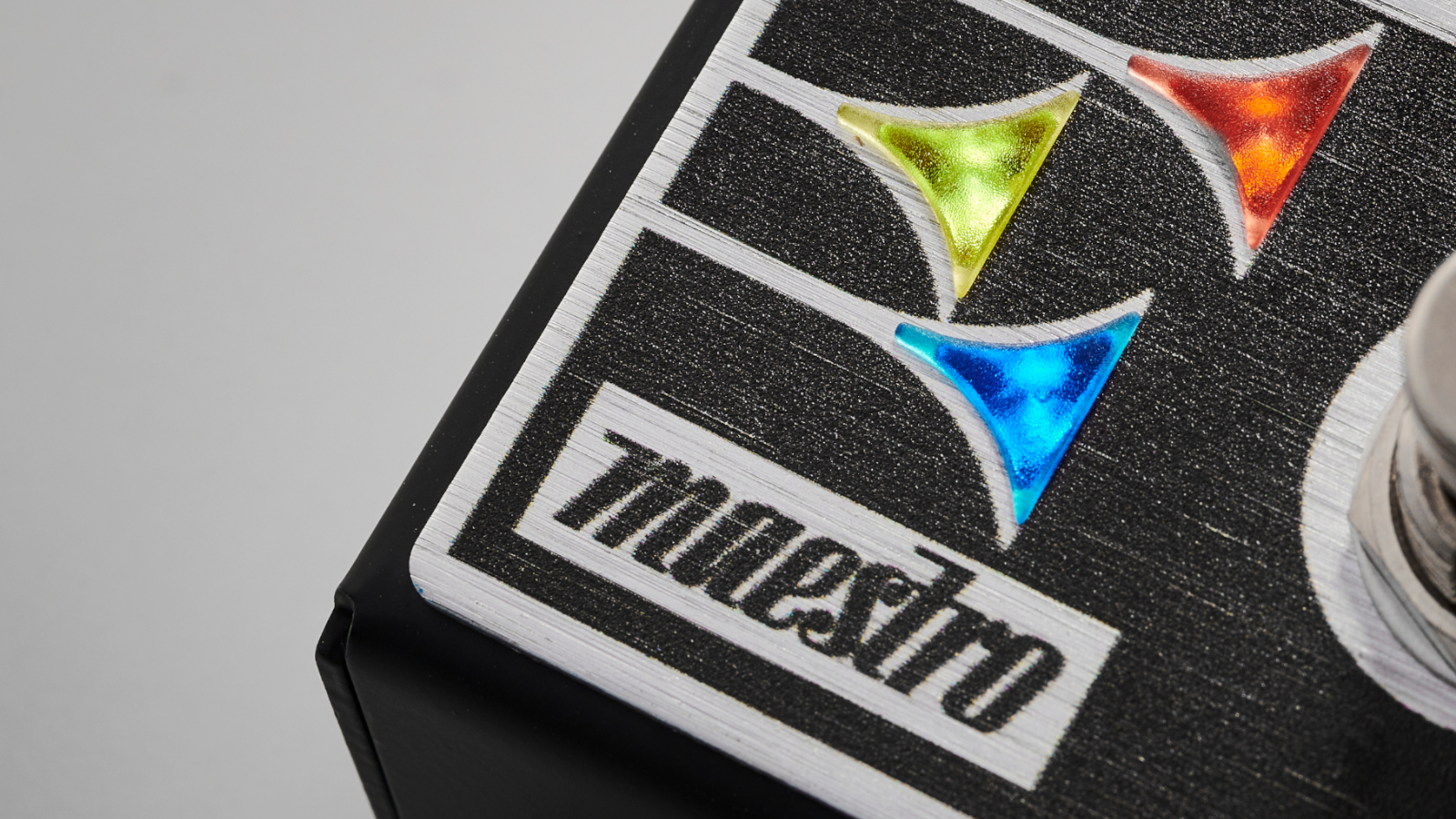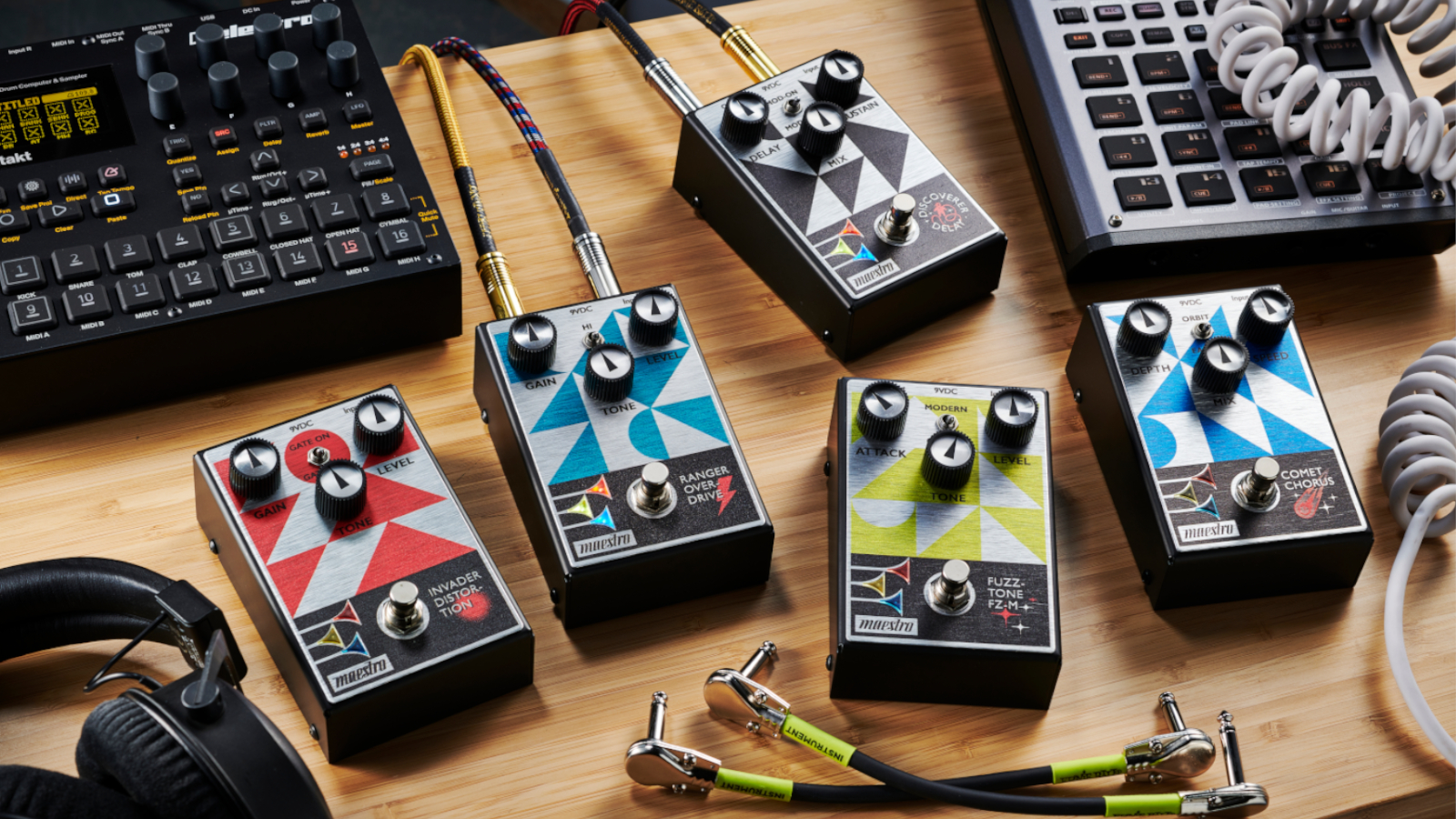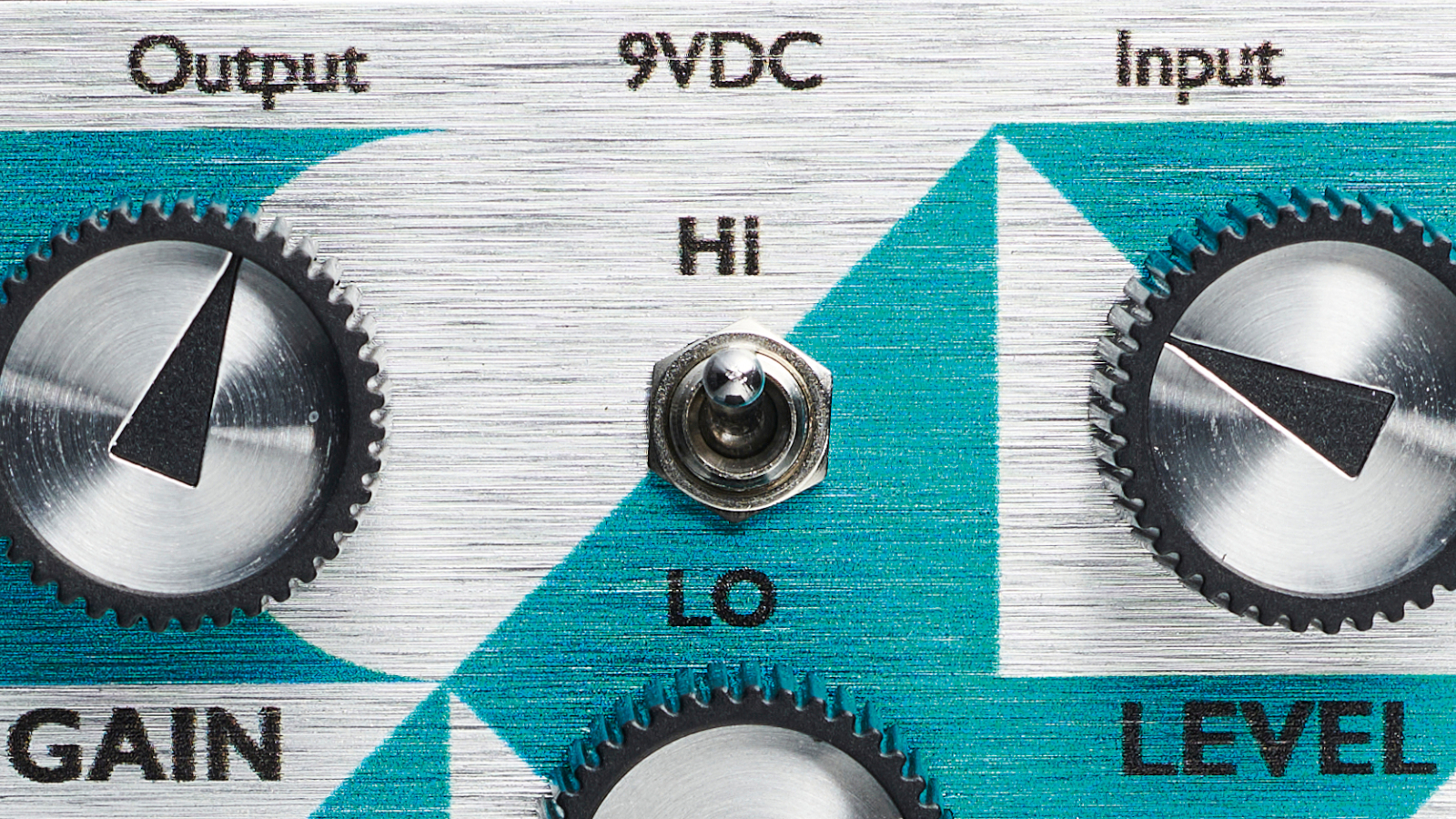GuitarPlayer Verdict
A great choice for those who like to turn up the heat on a tube amp without changing its vibe.
Pros
- +
A great sounding boost pedal that can be operated at 12-volts for increased headroom
Cons
- -
None
You can trust Guitar Player.
Gibson launched the Maestro brand in 1962 and set the stage for stomp-box effects with its introduction of the FZ-1 Fuzz Tone, a two-knob box that etched its place in history thanks to Keith Richards’ use of it in 1965 on “(I Can’t Get No) Satisfaction,” the Rolling Stones’ first number one hit.

Maestro went on to produce numerous products – including amplifiers – throughout the ’60s and ’70s before fading away in 1979.
Now Gibson has revived the brand with a series of pedalboard-friendly stompboxes for 2022: the FZ-M Fuzz-Tone, Invader Distortion, Ranger Overdrive, Comet Chorus and Discoverer Delay.
While only the FZ-M is actually based on anything Maestro originally did, these colorful pedals exude vintage-style graphics, including a “three bugles” bypass indicator that lights up in red, yellow and blue.

All have three knobs, a two-position mode switch that performs different functions depending on the effect, true-bypass switching and a mechanical on/off foot switch.
They feature analog circuitry, which is laid out on glass-epoxy boards, and the housings open up clamshell-style to make it easy to change the battery (a 2.1mm jack for an external adapter is also provided).
We tested the Maestros using a new Reverend Reeves Gabrels Dirtbike Royale with MojoTone hum-canceling P-90s, a Hamer Newport with Duncan Phat Cat pickups and an early Gibson Johnny A. electric guitar.
All the latest guitar news, interviews, lessons, reviews, deals and more, direct to your inbox!
Everything was run through either a Fender Deluxe Reverb reissue tube amp with Alessandro hand-wired circuitry or a Victoria Double Deluxe 2x12 combo with Celestial Heritage speakers.

The Ranger’s mission is to push an amp (or pedal) into overdrive by hitting it with a hotter signal than the guitar can crank out on its own.
Call it a booster if you will, but the Ranger definitely qualifies as a leave-it-on pedal, as its forte is adding beefiness without altering the fundamental sound of your guitar/amp rig.
The Ranger has gain, level and tone controls, plus a High/Low switch that lets you configure it for cool dirty-rhythm tones or more saturated lead sounds.

It’s not super gainy, but with the gain knob cranked in High mode, it does generate enough dirt on its own to get into the sonic zone of a vintage British amp pushed into distortion with a treble booster, offering a touch-sensitive response that’s perfect for going from lead to rhythm by simply working the guitar volume and/or your picking attitude.
The Ranger is the only pedal in the series that can be run at 12 volts, which increases headroom and gives a dynamic feel that’s more akin to playing through a good tube amp.
The Ranger is the only pedal in the series that can be run at 12 volts
With the mode switch set to Low, you can leave the Ranger on full-time and get tones that react organically to your playing, cleaning up for quieter passages and summoning the grind when you need it.
We liked keeping the Fender or Victoria “Deluxe” amps on the clean side and using it to inject just enough drive (with the gain knob set around two o’clock) to add a little dirt to rhythm parts, while keeping everything super clear and defined.
Bottom line: The Ranger Over Drive is probably the best choice in the series for those who like to turn up the heat on a tube amp without changing its vibe.

Specifications:
- CONTROLS: Gain, level, tone. High/Low switch
- SIZE: 4.75” x 3.25”
- I/O: Front-mounted input, output and power-supply jacks
- EXTRAS: Unique “three bugles” bypass LED. Can operate on 9V battery
Visit Maestro for more information.

Art Thompson is Senior Editor of Guitar Player magazine. He has authored stories with numerous guitar greats including B.B. King, Prince and Scotty Moore and interviewed gear innovators such as Paul Reed Smith, Randall Smith and Gary Kramer. He also wrote the first book on vintage effects pedals, Stompbox. Art's busy performance schedule with three stylistically diverse groups provides ample opportunity to test-drive new guitars, amps and effects, many of which are featured in the pages of GP.

